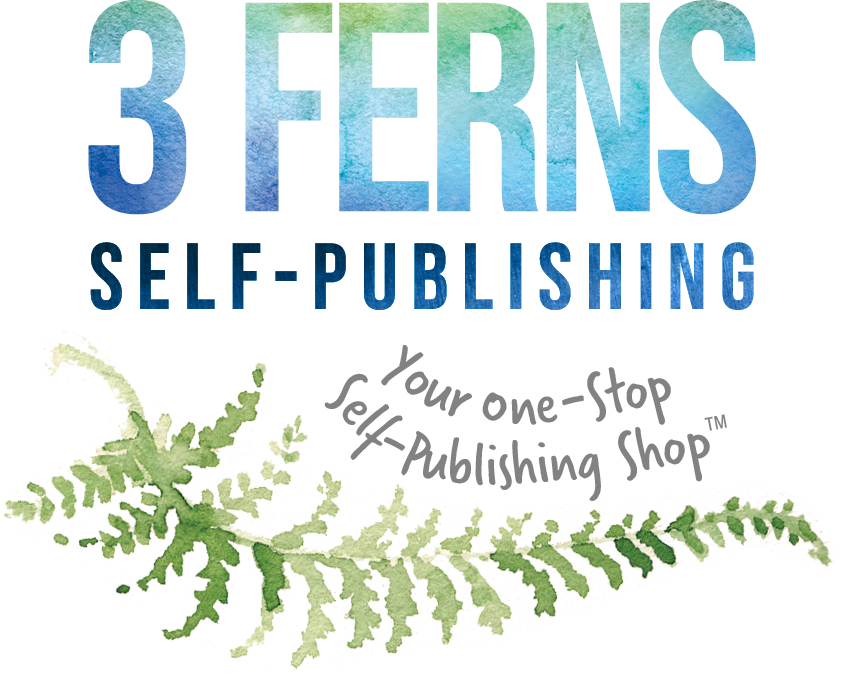Running ads sounds like it’d be a piece of cake. Nowadays, we have all the apps, tools, websites, and more information than we can contain immediately at our disposal. Of course there’s something to help create an ad, push it to the right audience, and market your book for you.
But is that really all there is? Running targeted ads isn’t as straightforward as it first appears to be. They aren’t a magic bullet—they’re a tool, and like any tool, how you use it determines your success. In this post, we’ll break down how targeted ads work, what they can do for your book, and what to watch out for so your ad budget doesn’t go to waste.
Understanding targeted ads
I know you might be thinking, what more to it is there? I make an ad, adjust it to my target audience, put it up, and boom! Just let it do the work. I wish it were that simple.
The thing is—targeted ads are only effective if you know how to use them properly. These ads rely on data from users’ online behaviors—think interests, demographics, and habits—to show your book to people who are most likely to buy it. Platforms like Facebook, Google, and LinkedIn allow you to get super specific (but hopefully not TOO specific), ensuring your ads are seen by your ideal readers, and maybe even people you didn’t know would be interested in your book.
It’s important to know that without a smart strategy, your ad budget can disappear quickly without much to show for it– and that is the last thing we want!
Let’s get into how you can make your ads work for you!
Getting your book to the right readers
What is your book for if not your readers, right? So, let’s make it easy for them to find you and help them know your book is out there.
Find your ideal readers
The beauty of targeted ads is how specific you can get. If your book is about leadership, for example, Facebook and LinkedIn allow you to reach executives, entrepreneurs, or managers. No wasted budget on the wrong audience—you’re speaking directly to the people who will care most about what you have to say.
Build trust and visibility
Your book might not fly off the shelves after one ad, but that’s okay. Consistency is key. Targeted ads keep your name and book visible to the right readers, building trust over time. Eventually, your audience will recognize your expertise, which translates to long-term credibility.
Though we do want to caution that if you are consistently putting out ads that don’t convert, it may be time to rethink and strategize. No use beating a dead horse.
Scale what works
Start small, test the waters, and once you’ve found what works, then scale it up. With targeted ads, algorithms refine themselves as your campaign runs, making each dollar work harder for you. The key? Invest more in what’s getting results and let the data guide you.
Why your targeted ads might be missing the mark
Restricted targeting
This is what we meant when we said that hopefully, your ads aren’t too specific. Going too narrow or too broad with your targeting can hurt your campaign. If you focus too narrowly, you might exclude potential readers. Go too broad, and you risk wasting money on people who aren’t interested. Finding that sweet spot in the middle is key.
Weak visuals
Even if your ad hits the right audience, weak visuals can lose their attention. Remember the internet is EXTREMELY OVERSATURATED. You have only a few seconds to grab someone’s eye—make it count. Invest in a professional book cover and engaging ad copy that resonates with your readers.
Complicated purchase process
You got the click—great! But if the path to purchase is complicated, you’ll lose them fast. You’ve already got them hooked don’t chase them away with too many twists and turns just to click “Add to Cart”.
Make sure your ad directs readers to a clean, easy-to-navigate sales page or landing page, like your Amazon listing. The fewer steps, the better.
Turn good ads into great ones: Tips for improvement
Know your reader
Before you even think about running an ad, you need to know who your reader is. Where do they hang out online? What problems do they need solved? Platforms like Facebook and LinkedIn let you tailor ads to specific interests, but don’t over-complicate things—give the algorithm room to work.
A good way to maintain the balance, especially in the beginning, is to keep your targeting specific to age, gender, and location. Getting to much into audience interests and behaviors right from the get go can hurt your sales. You may be preempting loss of an entirely different audience that you didn’t even consider.
Test, try, and test again
Here is a guaranteed piece of advice we can give you: not every ad will be a winner right out of the gate. And that is absolutely okay!
Test different images, headlines, and audiences to see what clicks with your readers. Constantly refining your approach will help you find what really works.
Engagement over sales
Ads aren’t just about instant sales. Sometimes, they’re about building relationships. Offer a free chapter, share helpful insights, or provide valuable content tied to your book. Building trust now can lead to sales later—think long-term.
Be realistic with your budget
Running ads can get expensive fast, so be smart about your budget. It’s always important to be honest with yourself. Be clear about how much money you can shell out and what you are willing to lose in the process.
Start small and scale up when you see positive results. Throwing money at an ad campaign won’t guarantee success—planning and patience will.
The Ad Game: It’s not magic, but it works with the right strategy
Targeted ads are a valuable tool, but they’re not a quick fix. To get results, it’s all about knowing your audience, experimenting with what works, and fine-tuning your strategy as you go. When done right, ads help you get noticed, build credibility, and ultimately boost your book sales.
But remember—ads are just one part of the self-publishing journey. With the right plan and a little patience, you’ll see the results you’re aiming for.


